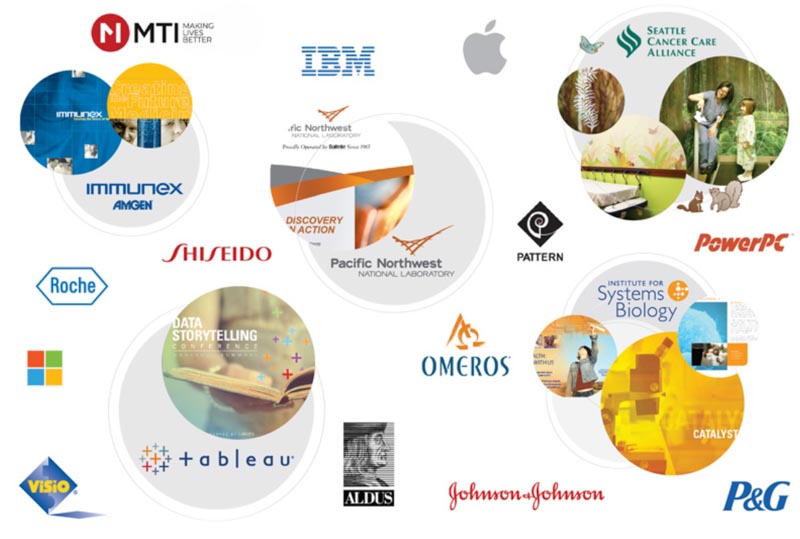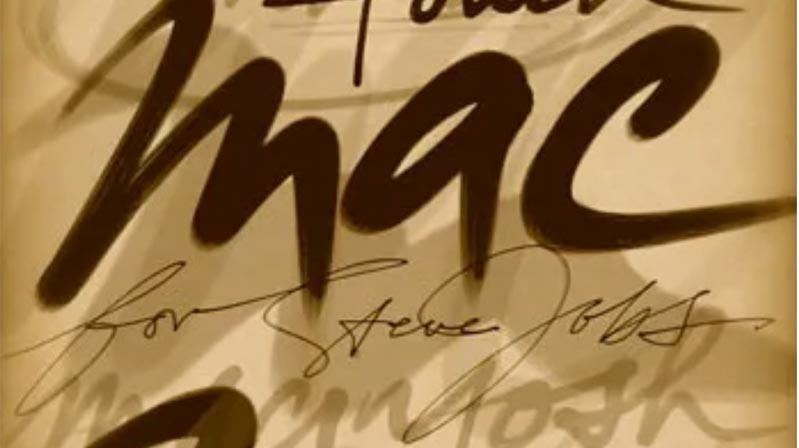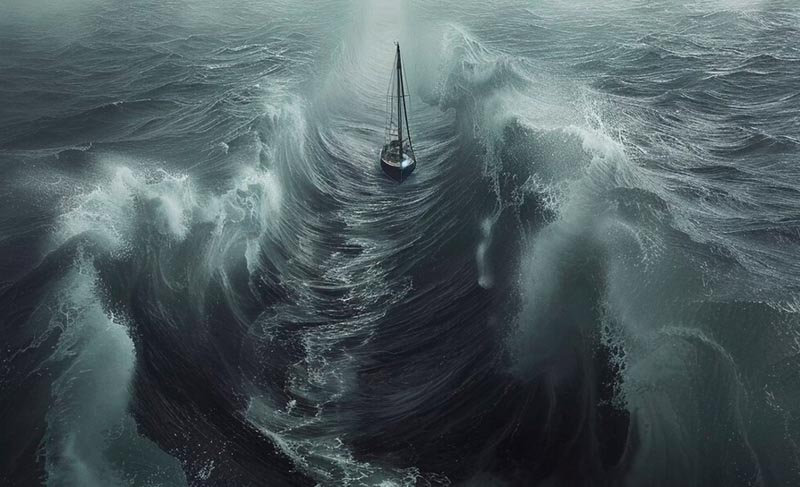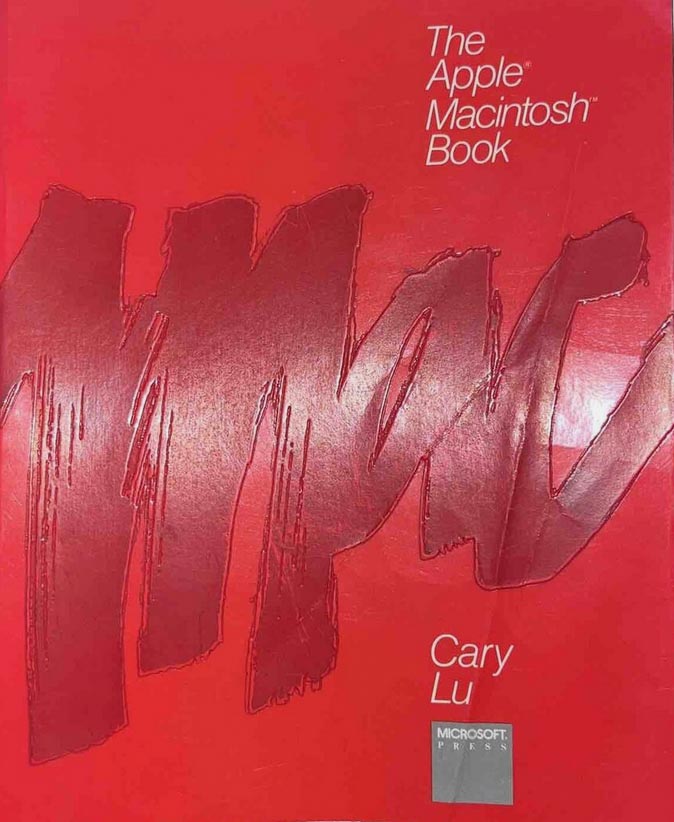
The GIRVIN | Strategic Branding & Design team have a long history in creating pathways to humanize the strategic impressions—and tactical outcomes, in technology brand experience—for enterprise employees, community relationships and customers.
In a legacy of reviewing technological startups, as a judge in student competitions, as well as tech developer’s conferences, and in kickoff sessions with hundreds of inspired leaders, tech founders, and speaking at tech-related events—I’ve learned a lot about the passion of the creative instigators of dreams, ideas, and the upward road to awareness and customer connectivity.
My first tech-related encounter came in a paradoxical alignment of the principles of craft and the digital world—with Steve Jobs. In the 70s, I attended events at the Stanford Conference on Design, with a conclave of other designers from San Francisco [the Michaels—that would be Michael Cronan, Michael Vanderbyl and Michael Manwaring,] and I was the “Tim” in the Michaels.

I first met Steve Jobs, who was a presenter at the SCoD—he talked about his obsession with type. And Reed College. And Lloyd Reynolds. I went up and introduced myself to him and said, “hey, I worked with Lloyd, I used to hang out at his house—coming down, sharing my work, and studying in his library at home, and at Reed.” Lloyd Reynolds, when I was studying with him, was the master calligrapher at Reed College, an educator who mixed mythology, art history, paleography, the cultural history of the letterform in a kind of poetic amalgam that enchanted generations of students.
I gave him my card. And he called later, saying, “we’re working on something—can you come to Apple tomorrow?”
There, I did something for Steve Jobs and his team with a cardboard prototype, a cable-attached mouse—and drew, like the fingertip sketch above. “He said, can you draw with this?” Sure, no problem.

That began a relationship with Steve, that led to dozens of projects for Apple including designing the collateral and event signage for the WWDC [WorldWide Developers Conference] for a half decade running, animation work, industrial design of sales modules, packaging treatments. And finally, after Steve’s ouster from Apple, GIRVIN’s team worked hand-in-hand with Steve Jobs on NeXT Computer—event and promotional related signage and collateral.
But there was a learning. It was about unbridled and wild passion. It is about leadership, risk evermore, everyday evangelism and soulful commitment.
But what I found was working with Steve Jobs was about a deep, all-in, passionate and emotional commitment—there was a soulfulness there. This was a bridge between the hardwired lines of the hardware build, the software and its softer line softer lines of code—the inspiration, the inhalation of enthusiastic celebration of the human-made marvel of the work.

I began to integrate the notion of soul into branding—and, given its etymology, soul is an ancient word for “sea,” as in the journey, crossing the sea, a lifelong story in passage—and each technology brand is on a soulful journey.
It’s a path that every technology takes, the inspirational surprise, the concretion of the ways to make the idea work, its journey to build itself, the teams that commit their lives to making it happen—and, “crossing the chasm” from theory to an accepted principle as well as working with Regis MeKenna
When I study this list of relationships, I think about each of the tech founders I’ve worked with, and their continuing commitment to the idea, and the ideal premise of presentation. This is where GIRVIN works, in the development of comprehensible narratives, GIRVIN’s brand storytelling to help engineers translate their propositions to understandable customer relevance. And that song sings—depending on the enchantment of the singer. Who listens?
The dreamer is the whole dream, as we say—and who dreams with us?
The brand must have a compelling story, a point of focused engagement,
the technologists truly believe in the story, and it carries the wave forward,
rippling out like a wide ranging tide of embracement.

And in a manner, in a reach back to the opening commentary on my “start-up” with Steve Jobs,
I learned about the ancient link between technology and craft—since, seeking, you’ll find the heart of the word in this integrated impression—as Phil Harper, etymologist notes: “1610s, “a discourse or treatise on an art or the arts,” from Latinized form of Greek tekhnologia “systematic treatment of an art, craft, or technique,” originally referring to grammar, from tekhno-, combining form of tekhnē “art, skill, craft in work; method, system, an art, a system or method of making or doing,” from PIE *teks-na- “craft” (of weaving or fabricating), from suffixed form of root *teks– “to weave,” also “to fabricate.” For ending, see –logy. The meaning “study of mechanical and industrial arts” as a branch of knowledge (Century Dictionary, 1895, gives as examples “spinning, metal-working, or brewing”) is recorded by 1859. High technology is attested by 1956; short form high-tech by 1972.
Tim
I collaborate
GIRVIN | Strategic Brands
Follow Us:
Facebook LinkedIn Instagram Behance
